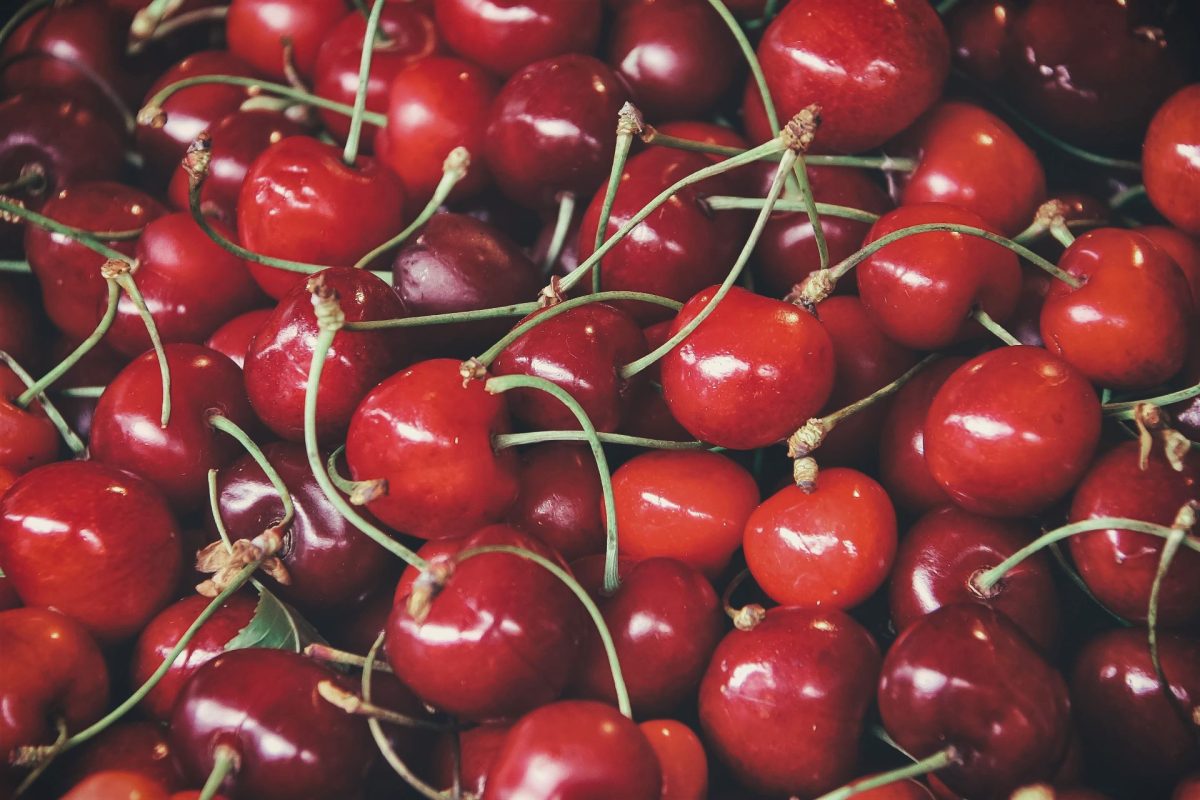YETRAC
Cherry Cultivation Guide: Tips for Successful Cherry Farming
Cherry Cultivation Guide: Tips for Successful Cherry Farming
Cherry cultivation has a deep-rooted tradition in Anatolia, the oldest cultivated region. There are around 1500 varieties worldwide, and cherries bear fruit 5-7 years after planting, reaching full productivity at 10-12 years. Their economic lifespan is 20-25 years. In Turkey, there are approximately 10 million cherry trees, with an annual production of 200,000–250,000 tons, 10% of which is exported. Under Turkish conditions, the yield per tree is around 25-30 kg, positioning us at the forefront in the global rankings.
In the initial years, leguminous crops like chickpeas can be grown as intercrops.
Climate and Soil Requirements
Climate
Cherry trees favor a warm growing season, a certain period of rest during winter, rainfall-free flowering, and harvesting. Cherries are a fruit type with a high chilling requirement, needing more than 1000 hours of chilling. Irregular flowering and flower shedding occur if this requirement is not met. An altitude of approximately 1000 m is ideal for cultivation. Cherry cultivation should be avoided in areas where winter temperatures drop below -20 ºC. Excessive summer heat is undesirable as it promotes the formation of double pistils, hence twin fruits, which lack market value.
Soil
Cherries prefer soils with low lime content, good drainage, and deep, light texture. The water table should be below 1m.
Propagation and Rootstocks of Cherries
The most suitable propagation method is grafting, with the most common form being dormant bud grafting.
Seed Rootstocks
- Sweet Cherry (Prunus avium): Widely used in Turkey, robust, and long-lived. No compatibility issues, but it doesn’t thrive in heavy soils.
- Mahaleb (Prunus mahalep): Adapts well to calcareous, sandy soils. May show graft incompatibility.
- Sour Cherry (Prunus cerasus): Incompatible with cherries. Cold-resistant and tolerant to heavy soils.
Clonal Rootstocks
- MAZZARD F 12/1: Highly resistant to bacterial diseases and easily propagated by cuttings.
- COLT: A hybrid that is easily propagated by cuttings and has good compatibility with varieties.
- MAHLEB SL 64: Thrives in dry and calcareous soils, compatible with cherries and sour cherries.
- STOCKTON MORELLO: Used in heavy and humid soils. Resistant to root knot nematodes. Causes dwarfing in grafted varieties.
Considerations When Choosing Rootstocks
- Soil structure
- Topography of the land
- Irrigation possibilities
- Severity of frost in the region
- Farmer’s objectives
Cherry Pollination Biology
Cherries are generally self-sterile, so it’s crucial to plant a mix of varieties with complementary blooming periods for successful pollination. The use of beehives during flowering is recommended for effective pollination.
Precautions Before Orchard Establishment
- Soil analysis should be conducted.
- The land should be cleared.
- After leveling, subsoiling should be done at 90 cm intervals and a depth of 90 cm.
- Sloping and hillside areas are preferable.
- Orchards should not be established in areas forming frost pockets.
- Depending on soil structure, drainage channels should be opened at 40-50 cm intervals.
- Orchards should preferably not be established close to wooded areas.
Considerations During Orchard Establishment
- Rows should be oriented North-South.
- Planting distances depend on the rootstock.
- 12-15% of pollinator varieties should be used.
- Always opt for one-year-old plants.
- Water should be provided immediately after planting.
Pruning
Cherry trees grow vertically, so pyramid or different leader branched pruning systems are preferred to maintain their vertical growth. Cherries require less pruning compared to other fruit trees. The goal is to create a strong scaffold structure and remove competing shoots.
Annual Maintenance Tasks for Cherries
Soil Cultivation
In the fall, soil should be cultivated to a depth of 10-15 cm, crucial for improving soil physical and chemical properties. Deep plowing should be avoided.
Irrigation
In regions with an annual rainfall of 600 mm and above, there’s usually no need for irrigation. In regions with less rainfall, 2-3 irrigations per season are sufficient. Drip irrigation and mini sprinkler systems are recommended.
Fertilization
Considerations for fertilization:
- Soil structure
- Amount and type of irrigation
- Age and development status of trees
- Tree productivity
Remember that the most accurate fertilization is based on soil test results. Apply 2-3 tons of well-rotted manure every two years per hectare. Additionally, 2-3 kg of ammonium sulfate, 1 kg of triple superphosphate, and 1 kg of potassium per high-yielding tree should be applied. Phosphorus and potassium fertilizers should be applied in the fall, while nitrogen fertilizers should be applied in spring, after petal fall, and after harvest if needed.
Pruning
Cherry trees require minimal pruning. The main objective is to establish the main scaffold branches within the first few years and, later on, remove any weak or competing shoots.
Harvest
Harvest should be conducted when the fruit reaches its specific color, taste, aroma, and size. Fruits should be picked during cool hours, using hands and stems. Early harvesting results in underdeveloped taste and delayed harvesting leads to softened fruits, dried stems, and reduced shelf life.
Diseases and Pests of Cherries
Common diseases include bacterial canker, twig blight, and brown rot. The cherry fruit fly is a significant pest, while others like the red spider mite, scale insects, leaf rollers, and leafhoppers may occasionally pose problems.

